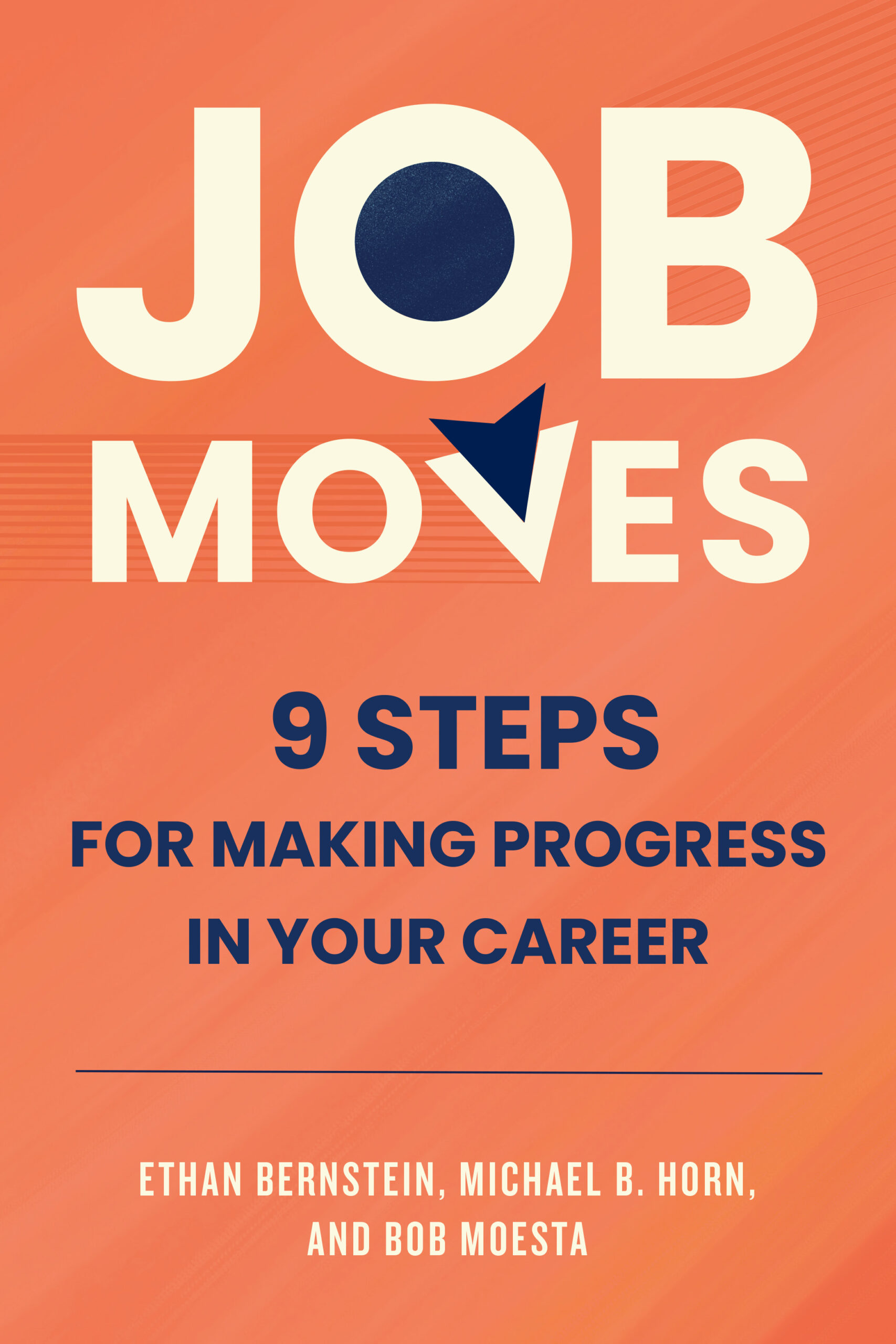Why ‘Integration’ Is Key To Replacing Resumes With Digital Portfolios
One of the best pieces of parenting advice I’ve received came from the famous book How To Talk So Kids Will Listen & Listen So Kids Will Talk.
In it, the authors suggest that to engage cooperation from your children, write a note. The idea is that writing a note can be far more effective than lecturing or yelling at children. Most children love receiving notes, and they will often respond with a note or drawing of their own in addition to following what the note says.
The book cites an example of two tired parents who needed an extra hour of sleep on a Sunday morning leaving a note on the front of their door that says, “Shh! Mommy and Daddy are sleeping. … When they were ready to let the children in, they flipped the sign over. … Hi! Come on in! Love, Mom and Dad.”
The advice seemed brilliant. My wife and I were ready to reclaim a needed hour of sleep on a weekend I thought! But there was just one problem. My children, who are 3-years old, don’t read yet.
Entrepreneurs trying to reinvent the traditional resume with things like digital portfolios that show real examples of people’s work or records of skills-based assessments that demonstrate what people know and can do are facing a similar problem. Many have attempted to create these new vehicles, yet none have really taken off. Entrepreneurs often wonder why. After all, a digital portfolio seems far more robust and useful to prospective employees and employers than a traditional resume.
From the outside though, one reason digital portfolios and the like have not taken off is simple. The keyword-based applicant tracking systems that employers use to filter resumes can’t read them.

0 comments